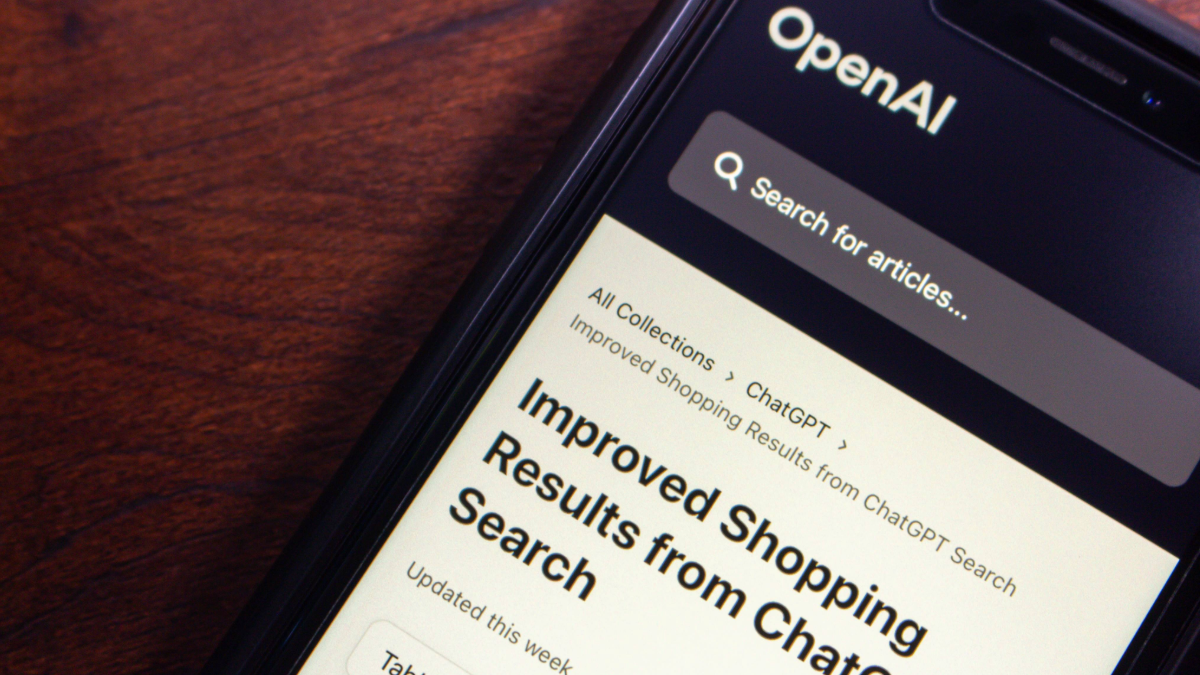By Bill Heinz, vice president and co-owner, PBX-Change
Cloud communications technology has been a lifesaver for business during the Covid-19 pandemic. It has helped staff work remotely, stay connected to each other and, most importantly, to customers. Using the Cloud, a business can run powerful applications more efficiently, continuously monitor its activities and keep costs down.
Traditionally, the approach to a business service was to buy it outright and run it until it died, to make the most of the investment. However, the capital expenditure (capex) model – with high upfront costs, third-party maintenance contracts and a feature set that is soon obsolete – is rarely sustainable now. The average length of time to break even on a business-class phone system is seven to ten years. Imagine having your cell phone for that long. Let me know how that flip phone works out for you!
Take that same phone system you spent five figures on ten years ago and put it in the Cloud. Let a specialized company manage the maintenance, security updates and lease the functionality your business needs, for a fixed monthly rate. This is the new operational expenditure (opex) model – lower upfront costs, zero maintenance headaches and features that come to you as fast as the technology changes.
By switching from a capex to an opex model, Tom Provatas of Bayside Heating and Air Conditioning said, “We saw a roughly $600 per month savings, a lot more available phone lines and functions that we didn’t have before.”
Twenty years ago, around 5% of the world was online; in 2020 that estimate is 62%. This has fundamentally shifted the way we do business. Microsoft has moved to Office 365, Walmart is challenging Amazon and banks are doing away with branches. The Cloud gives, even small and medium-sized businesses the leverage of enterprise-class infrastructure to deliver their services.
A key reason for this shift is access to high-speed, broadband internet on a global scale. From DSL to fiber optics, speeds have gone up and costs have come down. We can now deliver huge amounts of data at a fraction of the cost you would have been charged in past years.
The Cloud is, essentially, remote computing power accessed via the internet. The first question to ask yourself is the current reliability of your business internet connection. Speed and bandwidth are important; ensure you have enough bandwidth to sustain the services used on your network. If you upload a lot of data, make sure you have symmetrical upload and download speeds.
Latency, the time delay in data transfer, is vital in real-time applications. Voice traffic is highly sensitive to latency as the data needs to be sent, and received, in real-time for a natural flow of conversation. If your business runs a call center, or takes calls regularly from customers, you can’t afford any lag.
Redundancy, or a backup, is critical as no internet service is completely infallible. For a business in the hurricane belt it makes sense to have multiple providers, physical redundancy and even power backup in place to make sure you can always access your information.
In the pandemic era, Cloud communications technology has really proved its value with unified communications. ‘UC’ encompasses voice services, video conferencing, instant messaging, mobile apps and screen sharing. It has transformed remote working. One client, Technology Transfer Services, had this to say, “If we had not completed our transition from an ancient, self-managed phone system to a Cloud-based system before Covid and remote working became a thing, our company would be having all sorts of issues.”

Having made the choice to work in the Cloud, it is wise to vet a platform thoroughly. Ensure there is enterprise-class security in place to avoid potentially costly mistakes or even legal liabilities. Last, but by no means least, it is vital to have your IT department on board. Introducing Cloud communications technology into your business means that your IT colleagues will need to share their domain. Involving them from the start will allow them to feel ownership of the new systems and be the “super users” of the managed platform.
With the right partner, providing the right Cloud-based communications services, business owners can streamline their operations and become vastly more efficient.
Bill Heinz has spent 20 years in the telecommunications industry. Bill is Vice President, and co-owner, of PBX-Change and has been with the company since 1999. He also enjoys spending time with his family on his boat, fishing and traveling.













